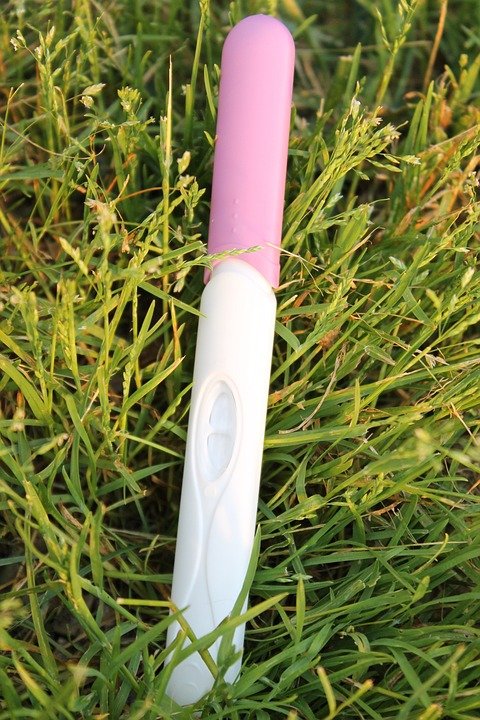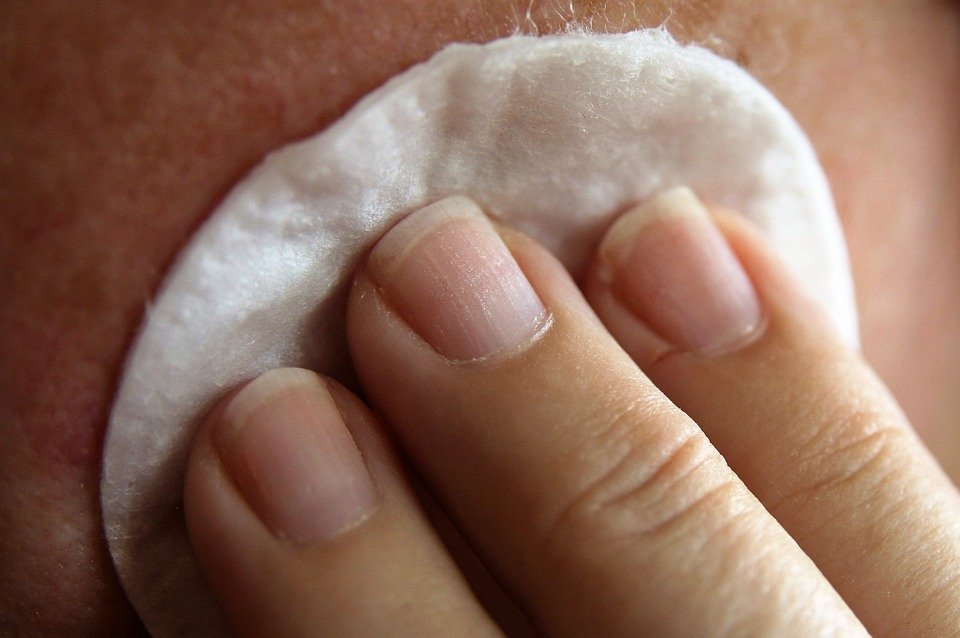
The femur, also known as the thigh bone, is the longest, largest, and strongest bone in the human body. It plays a crucial role in supporting the body’s weight and allowing for movement. Understanding the anatomy and function of the femur is essential for medical professionals and individuals alike.
Anatomy of the Femur

The femur is located in the upper leg and extends from the hip joint to the knee joint. It is a long, straight bone that is slightly curved to help distribute the body’s weight evenly. The femur is divided into several parts, including the head, neck, shaft, and distal end.
The head of the femur is a rounded structure that fits into the acetabulum of the pelvis, forming the hip joint. The neck of the femur is a narrow segment that connects the head to the shaft. The shaft of the femur is the long, straight portion of the bone that provides support and stability. The distal end of the femur articulates with the tibia and patella, forming the knee joint.

The femur is composed of a hard outer layer of compact bone and a spongy inner layer of trabecular bone. The compact bone provides strength and protection, while the trabecular bone helps to absorb shock and distribute forces.
Function of the Femur

The femur plays a crucial role in supporting the body’s weight and allowing for movement. It acts as a lever to help propel the body forward during walking, running, and jumping. The femur also provides attachment points for muscles, ligaments, and tendons, allowing for coordinated movement of the hip and knee joints.
The femur is also responsible for bearing the body’s weight and transmitting forces from the hip to the knee and vice versa. This weight-bearing function is essential for maintaining balance and stability while standing or performing weight-bearing activities.
In addition to its mechanical functions, the femur is also involved in the production of red blood cells. The bone marrow inside the femur contains stem cells that can differentiate into various types of blood cells, including red blood cells, white blood cells, and platelets.
Common Injuries and Conditions
Despite its strength and durability, the femur is susceptible to a variety of injuries and conditions. Fractures of the femur are relatively common and can occur as a result of trauma, such as a fall or car accident. Femur fractures are classified based on the location and severity of the break, with some fractures requiring surgical intervention to realign the bone and promote healing.
Other common injuries and conditions of the femur include hip fractures, stress fractures, and osteoarthritis. Hip fractures typically occur in older adults and can result from a fall or other trauma. Stress fractures are small cracks in the bone that can develop over time from repetitive stress or overuse. Osteoarthritis is a degenerative joint disease that can affect the hip and knee joints, causing pain, stiffness, and limited mobility.
Treatment and Rehabilitation
The treatment of femur injuries and conditions depends on the severity and location of the problem. In many cases, conservative measures such as rest, ice, compression, and elevation (RICE) can help to reduce pain and swelling. Physical therapy may also be recommended to improve strength, flexibility, and range of motion in the hip and knee joints.
For more severe femur fractures or conditions, surgical intervention may be necessary. Surgery may involve the insertion of metal screws, plates, or rods to stabilize the bone and promote healing. In some cases, a total hip replacement or knee replacement may be recommended to restore function and alleviate pain.
In conclusion, the femur is a remarkable bone that plays a crucial role in supporting the body’s weight and allowing for movement. Understanding the anatomy and function of the femur is essential for diagnosing and treating injuries and conditions that affect this vital structure. By learning more about the femur, medical professionals and individuals can work together to promote optimal bone health and function.

Discover more from Bibliobazar Digi Books
Subscribe to get the latest posts sent to your email.


